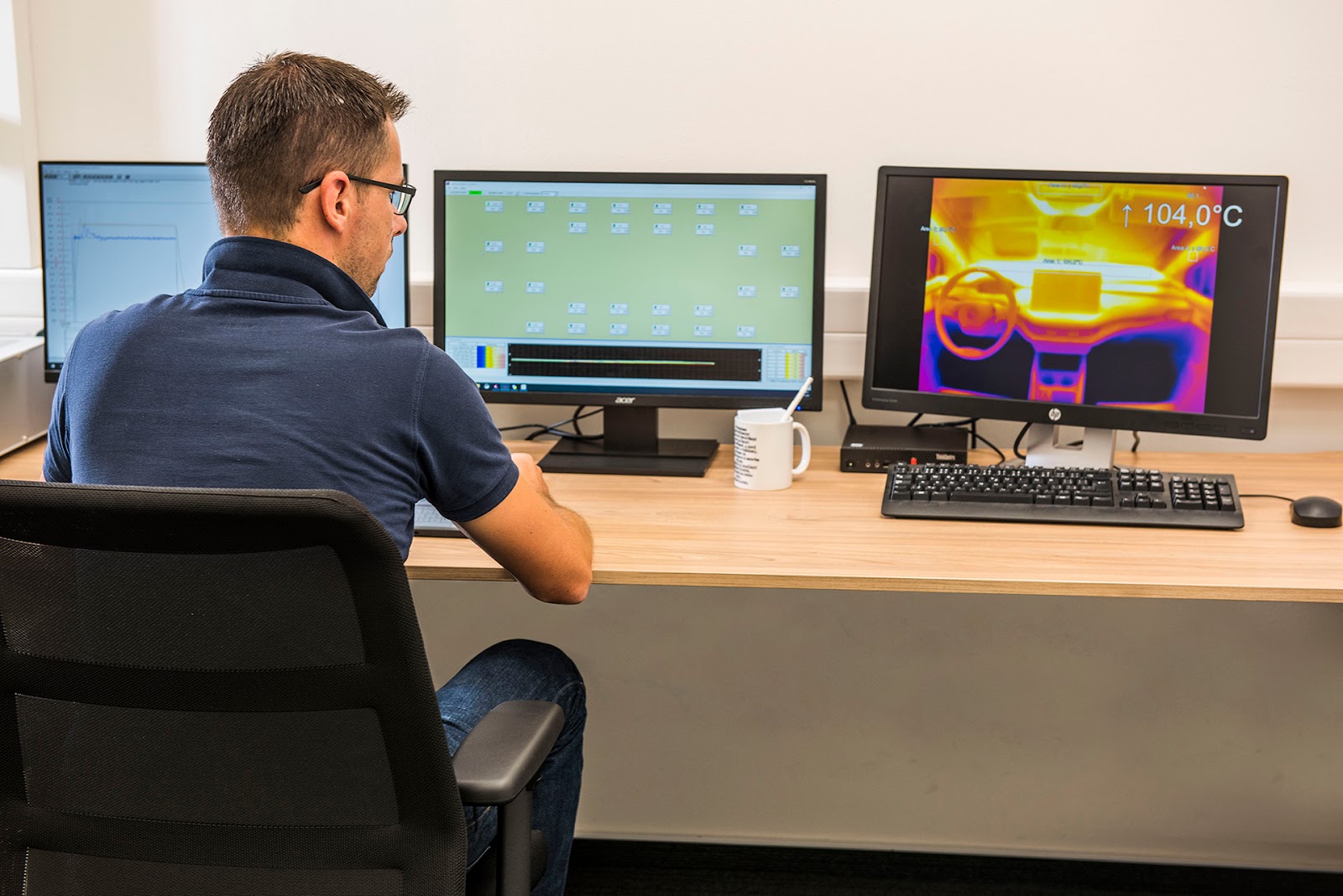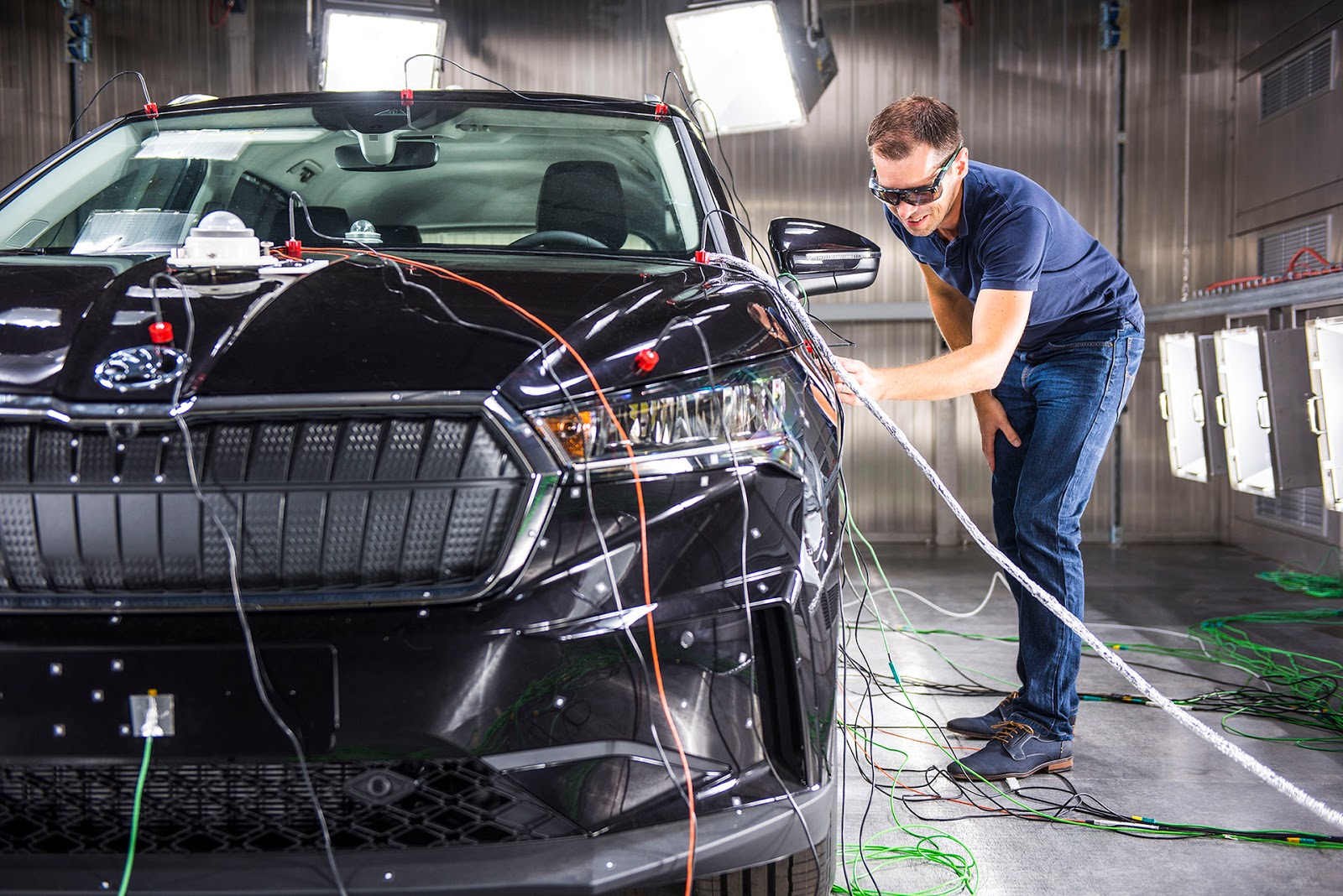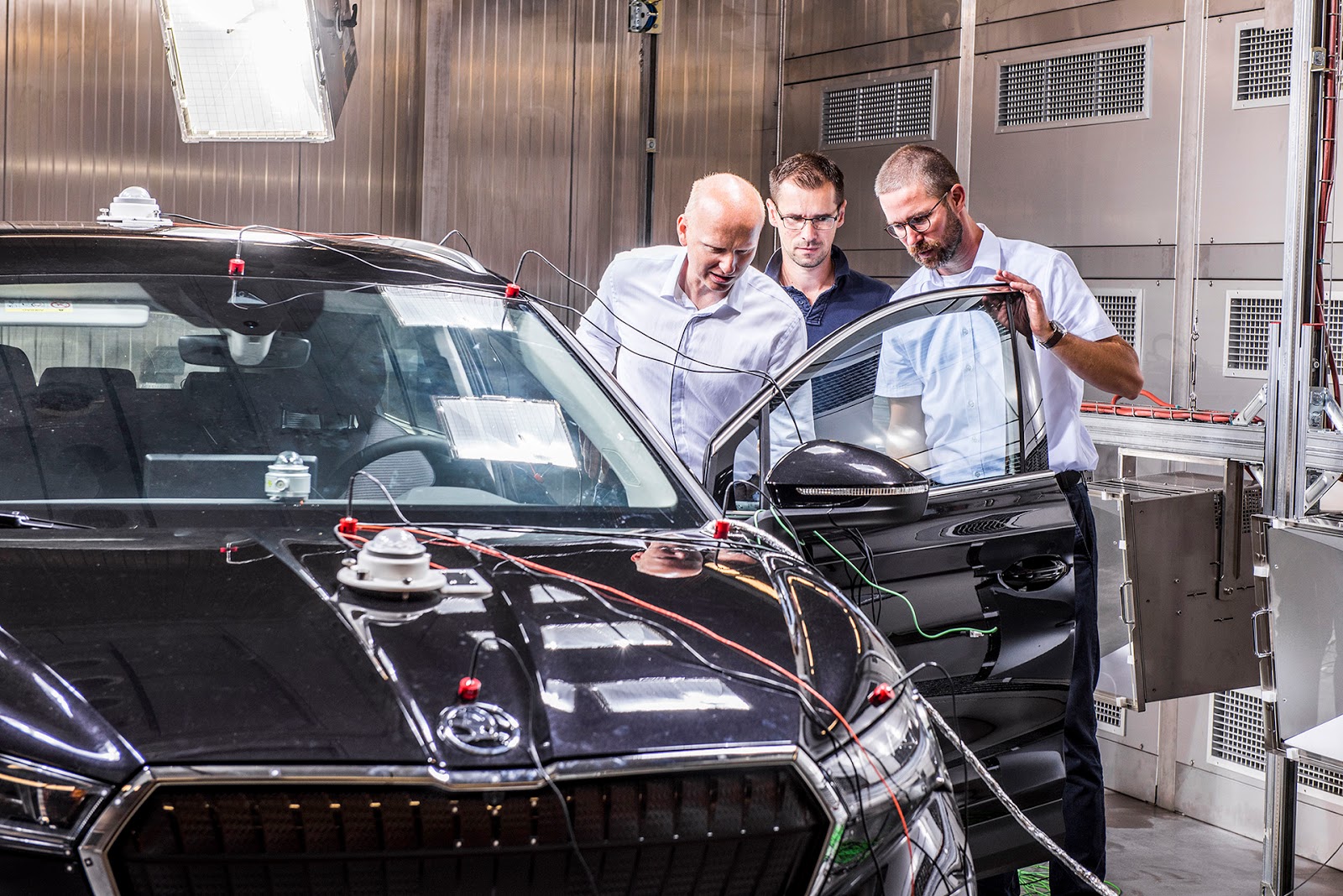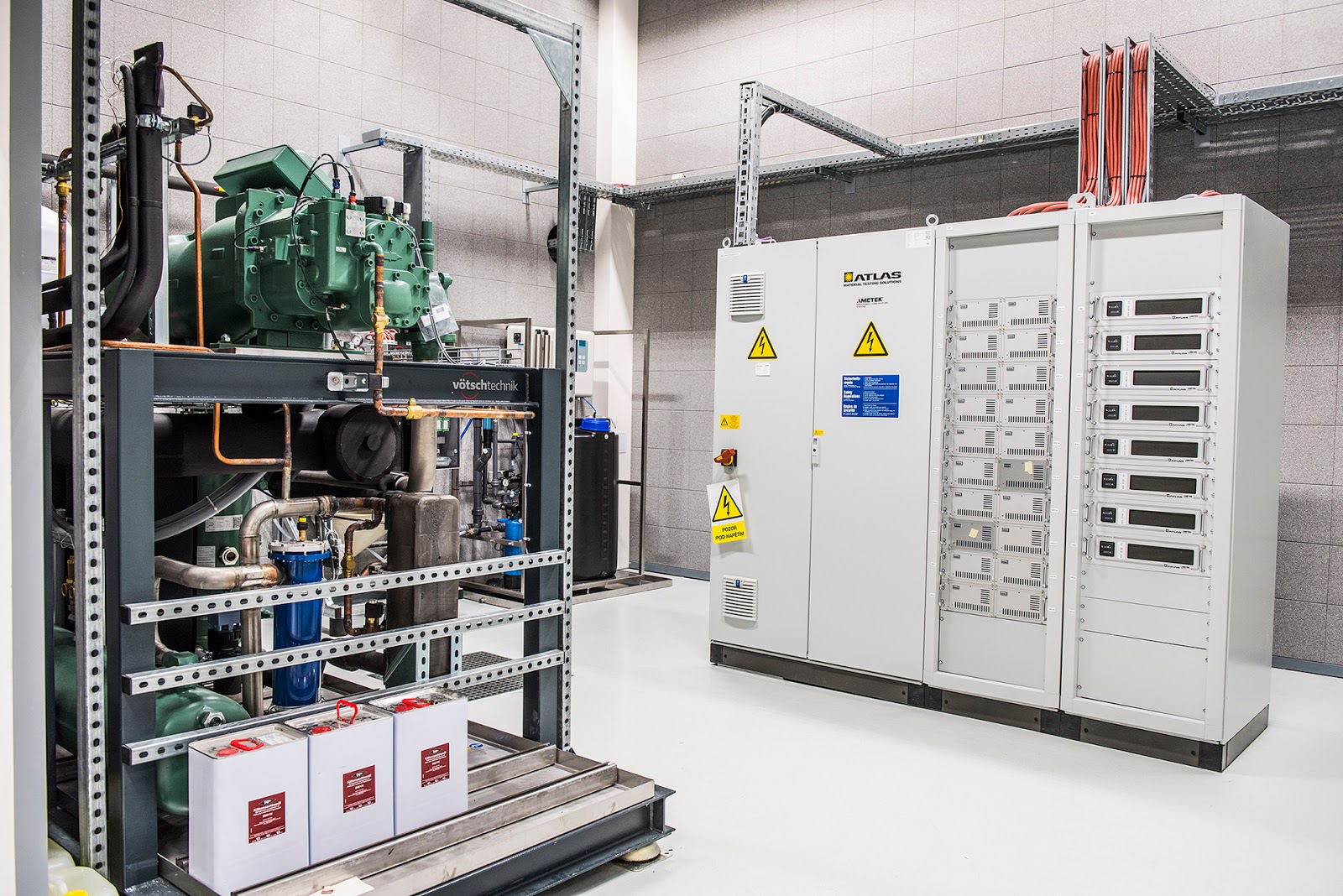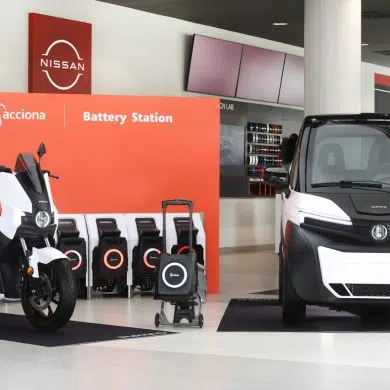The
electric cars, so similar and yet so different from those with engines
internal combustion engines are a new, different reality and the SKODA
leaves nothing to chance. Η SKODA uses a special solar
chamber to simulate, over a period of 25 days, the
temperature stress of an electric car running for continuous operation
over a period of four years, in the climatic conditions of Central Europe. Η
this test confirms the reliability of the components and materials of a
electric model of the SKODA
and whether there is strain or reduced performance, including
perceived optical wear.
"Η
SKODA is the first
his brand Volkswagen Group
that has such a test chamber for electric cars in Europe -
has a similar solar chamber and the Audibut in China," says Petr Sobotka, head of materials technology
and special measurements, about his new workplace.
The chamber, the
which took just over a year to build, is
a carefully insulated room equipped with a set of 28 special lamps,
2,5 or 4 power kW. This is
for metal halide lamps, whose light best approximates the light of the
spectrum of real sunlight. These lamps have a lifetime
only for about three tests and then they have to be replaced by new ones.
Η
safety is paramount, given the extreme conditions prevailing during the
during the tests (some external parts of the car can be
reach, in terms of temperature, up to 110°C). The room is full
sensors that monitor the temperature. The temperature sensing cameras
outside the booth are watching cars that technicians are preparing for
test or shortly after it. The chamber itself is equipped with a system
security feature that aborts a test if there is a problem.
Right next door
there is an engine room with a special air conditioning device and a "brain"
to control the power supply. The chamber allows the simulation
various conditions of temperature, humidity and sunshine. "Yes, we
is interested in the behaviour of the car in climatic conditions of the
Europe, but we often go to extremes, deliberately. During a
test, there are sharp swings between a hot day in the desert of
Arizona, with a temperature of almost 50°C in the shade and sunshine up to 1000 W/sq.m., followed by a Florida-type climate of
U.S.A., with particularly high humidity or a cold night in the Alps, in which the
mercury drops to -10°C making a 30-degree dive," says Dalibor Kopac, test coordinator, describing what a test involves
test.
A full test cycle takes 25 days.
The first fifteen simulate the hot, dry climate of the Arizona desert.
Two daily cycles are compressed every 24 hours (when the car is exposed to
bright sunshine up to 1000 W/sq.m.,
ambient temperature 42°C and
humidity below 30%) and two night cycles (with a temperature of 10°C). At the end of each day there is a period
one hour of preservation at a temperature of 23° CC and the technicians can enter the
to check the condition of the vehicle and, for example, to change a
defective sensor. The last ten days of the test simulate a
humid climate like Florida. During the day cycle the
temperature is set at 42°C,
but this time the relative humidity exceeds 60%. From this temperature,
during the night cycle the chamber is cooled to the conditions of a
alpine night, at -10°C. The
components and materials under test must pass with flying colours the
test, to find their way to production.
The whole
procedure is controlled from the special room, which is separated from the
chamber with a thick wall. Staff will soon be able to supervise
the tests using their mobile phones.



